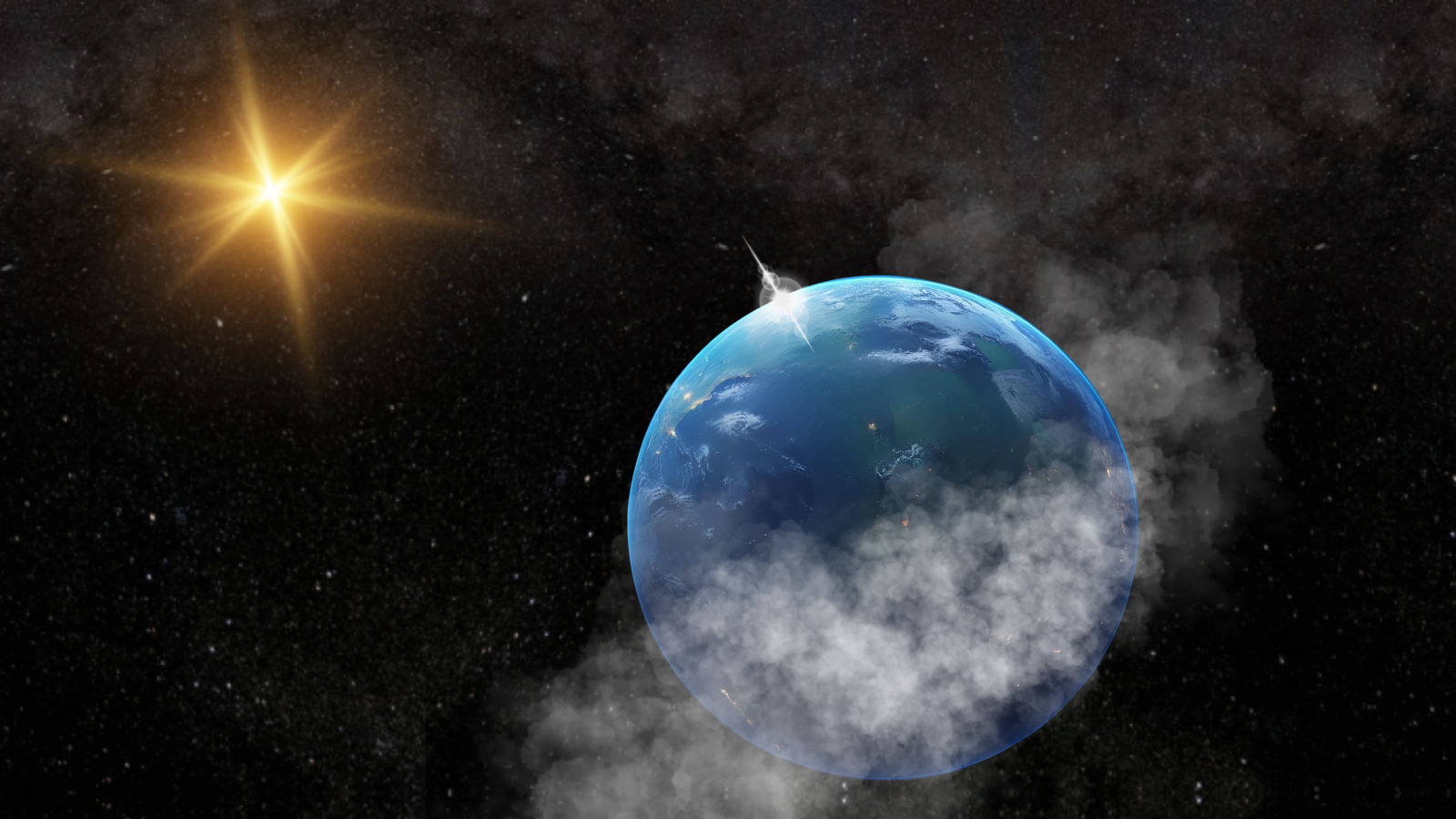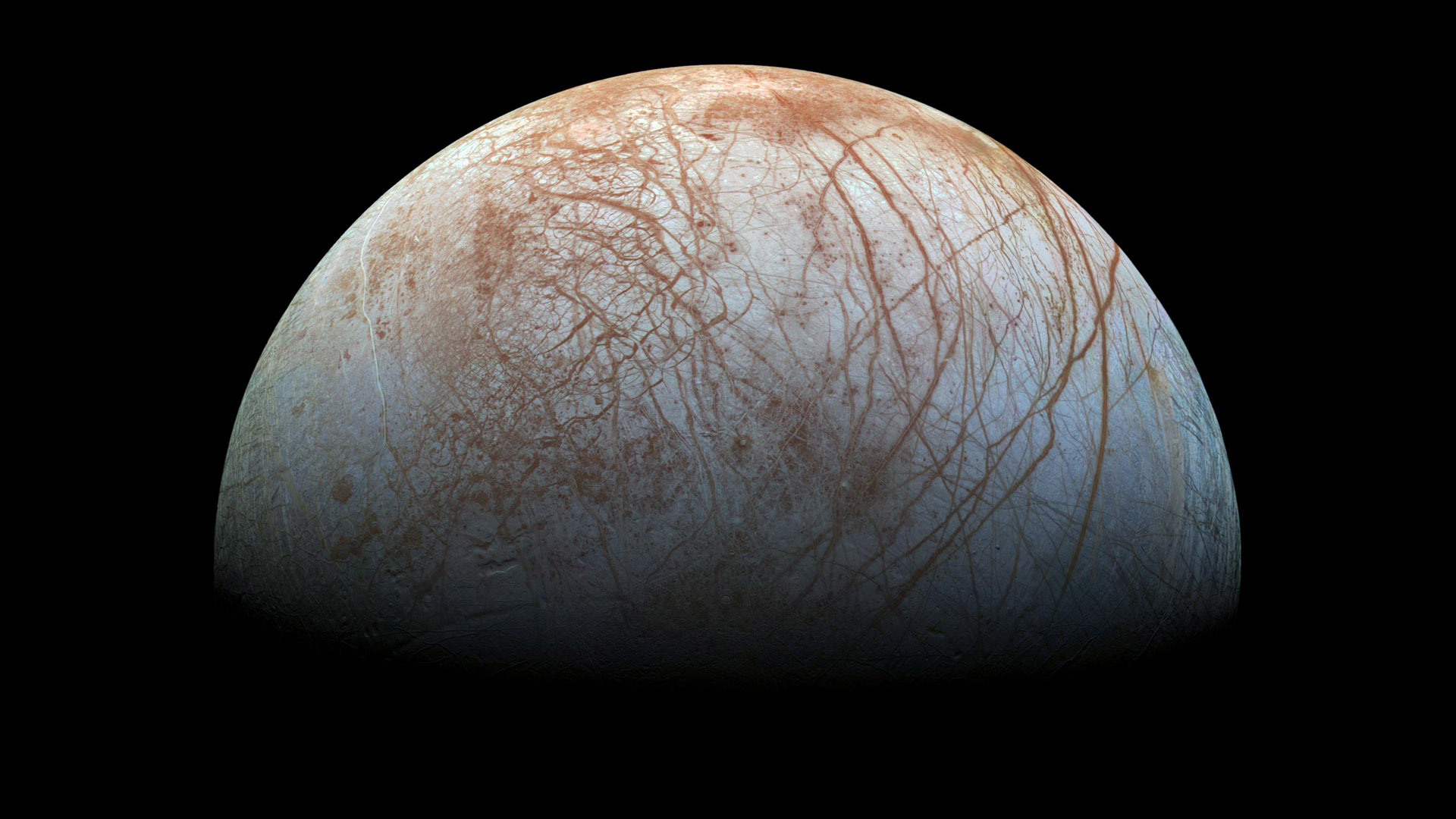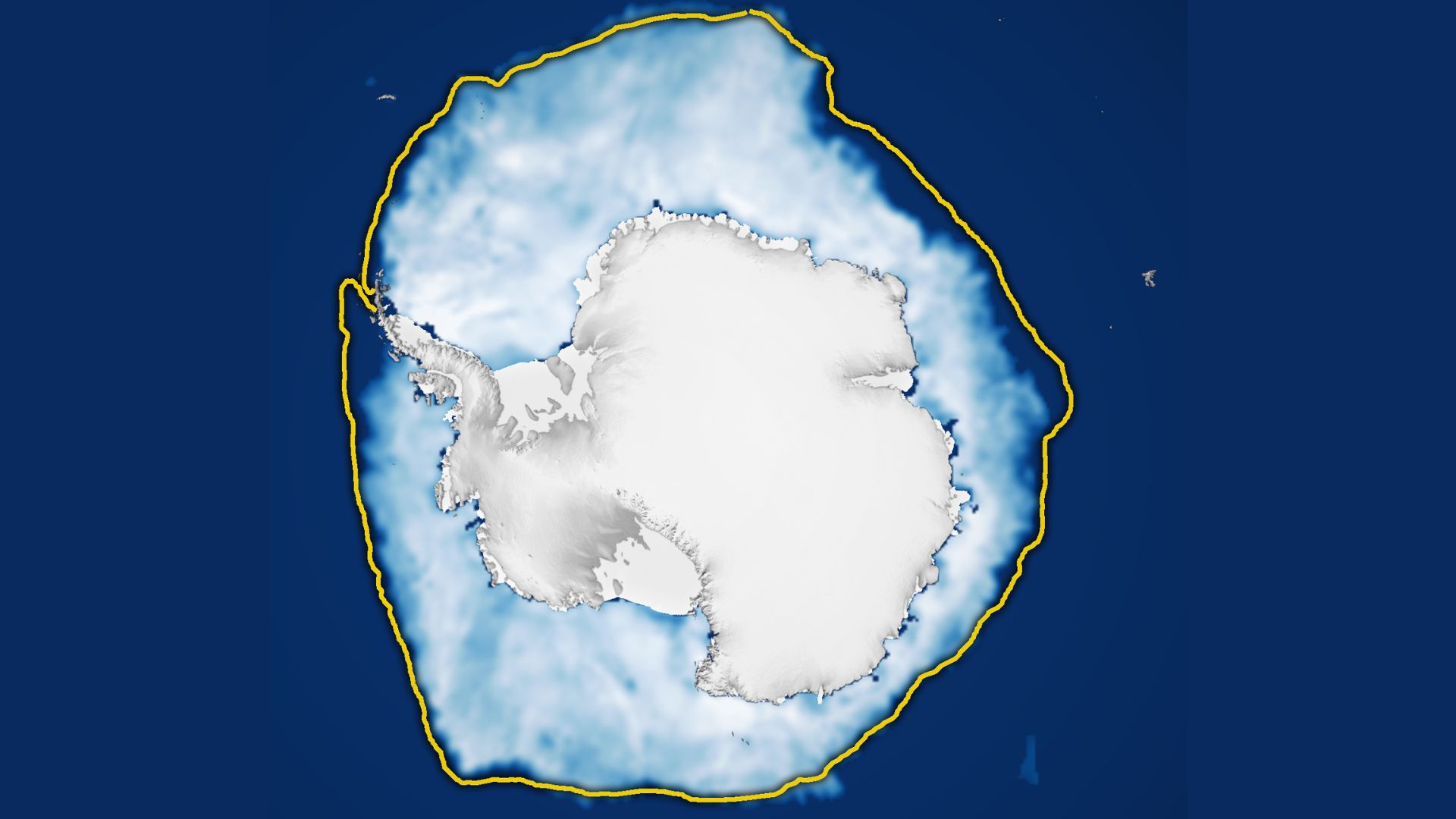Exoplanets engulfed in steam are taking center stage in the search for life in our galaxy
"Life can be understood as complexity, and water has a wide range of properties that enable this complexity."

Scientists have developed a better model to understand "steam worlds," which are planets smaller than Neptune and larger than Earth that are too hot to have liquid water at their surface and thus have atmospheres filled with water vapor. Though steam worlds are unlikely to harbor life, modeling them more precisely could help scientists better comprehend ocean planets better, which in turn would aid in directing our search for life beyond the solar system.
Though absent from the solar system, the most common extrasolar planets, or "exoplanets," are so-called sub-Neptune planets. The size and mass of these planets suggest they have interiors rich with water. Many of these planets are closer to their stars than Earth is to the sun, meaning many sub-Neptunes are too hot to have liquid water at their surfaces. This also means water on these planets exists in atmospheric layers, and in exotic states, that don't act like liquids or gases; they tend to have atmospheres made of steam.
One research team's new research presents a new, more precise way to model steam worlds. The goal is to determine these planets' compositions and origins. The model therefore considers water in exotic states that can are very difficult to replicate here on Earth.
"When we understand how the most commonly observed planets in the universe form, we can shift our focus to less common exoplanets that could actually be habitable," Artem Aguichine, study team leader and a researcher at the University of California, Santa Cruz, said in a statement. "Life can be understood as complexity, and water has a wide range of properties that enable this complexity."
Steam worlds become clearer
Interest in steam world exoplanets really heated up in October 2024 when the James Webb Space Telescope (JWST) discovered the exoplanet GJ 9827 d, twice the size of Earth and located around 100 light-years away, had an atmosphere almost entirely made of water vapor. It was the first confirmed steam world planet.
Since then, the JWST has confirmed the presence of steam in the atmospheres of a number of sub-Neptune planets. This made the development of a model to connect the atmospheres of these worlds to their interiors crucial.
Previous models used to investigate sub-Neptunes were developed to analyze icy moons like Saturn's moon Enceladus and Jupiter's moon Europa. There are considerable differences between these icy solar system bodies and sub-Neptune planets.
Breaking space news, the latest updates on rocket launches, skywatching events and more!
The most obvious difference is size, with sub-Neptunes anywhere from ten and 100 times more massive than typical icy moons. Also, these sub-Neptunes exist much closer to their stars than the icy moons of the solar system gas giants. This means that instead of possessing icy outer crusts and underlying liquid oceans like Europa or Enceladus, steam worlds have thick, steamy atmospheres and even layers of so-called "supercritical water."

Supercritical water can be created here on Earth under lab conditions, but because it has properties of both a liquid and a gas, its behavior is tough to model. Further adding to the difficulty is the fact that scientists believe pressures within sub-Neptunes can be so extreme that their water can be transformed into superionic ice, another exotic state that can be created (albeit with difficulty) in Earth-based labs.
That means to model a steam world, researchers have to consider how water behaves as pure steam, and in extreme states like as a supercritical fluid and as superionic ice.
The team's new model factors in those different states.
"The interiors of planets are natural 'laboratories' for studying conditions that are difficult to reproduce in a university laboratory on Earth. What we learn could have unforeseen applications we haven't even considered," Natalie Batalha, study team member and an astrobiologist at UC Santa Cruz, said in the statement. "The water worlds are especially exotic in this sense.
"In the future, we may find that a subset of these water worlds represents new niches for life in the galaxy."
Planetary properties can change over time, so being enable to account for these changes is vital to understanding them. Thus, the scientists' new model doesn't just focus on sub-Neptune planets as a snapshot of how they may appear when instruments like the JWST spot them, but also considers how these worlds evolved over the course of billions of years.
This modeling could be put to the test observationally with the launch of the European Space Agency's Planetary Transit and Oscillation (PLATO) of stars telescope. The main aim of this mission, set to launch in 2026, is to find roughly Earth-size planets in the habitable zones of their stars, the region where liquid water can exist on a planet's surface without vaporizing or freezing.
"PLATO will be able to tell us how accurate our models are, and in what direction we need to refine them," Aguichine concluded. "So really, our models are currently making these predictions for the telescopes, while helping shape the next steps in the search for life beyond Earth."
The team's research was published on July 24 in The Astrophysical Journal.

Robert Lea is a science journalist in the U.K. whose articles have been published in Physics World, New Scientist, Astronomy Magazine, All About Space, Newsweek and ZME Science. He also writes about science communication for Elsevier and the European Journal of Physics. Rob holds a bachelor of science degree in physics and astronomy from the U.K.’s Open University. Follow him on Twitter @sciencef1rst.
You must confirm your public display name before commenting
Please logout and then login again, you will then be prompted to enter your display name.
